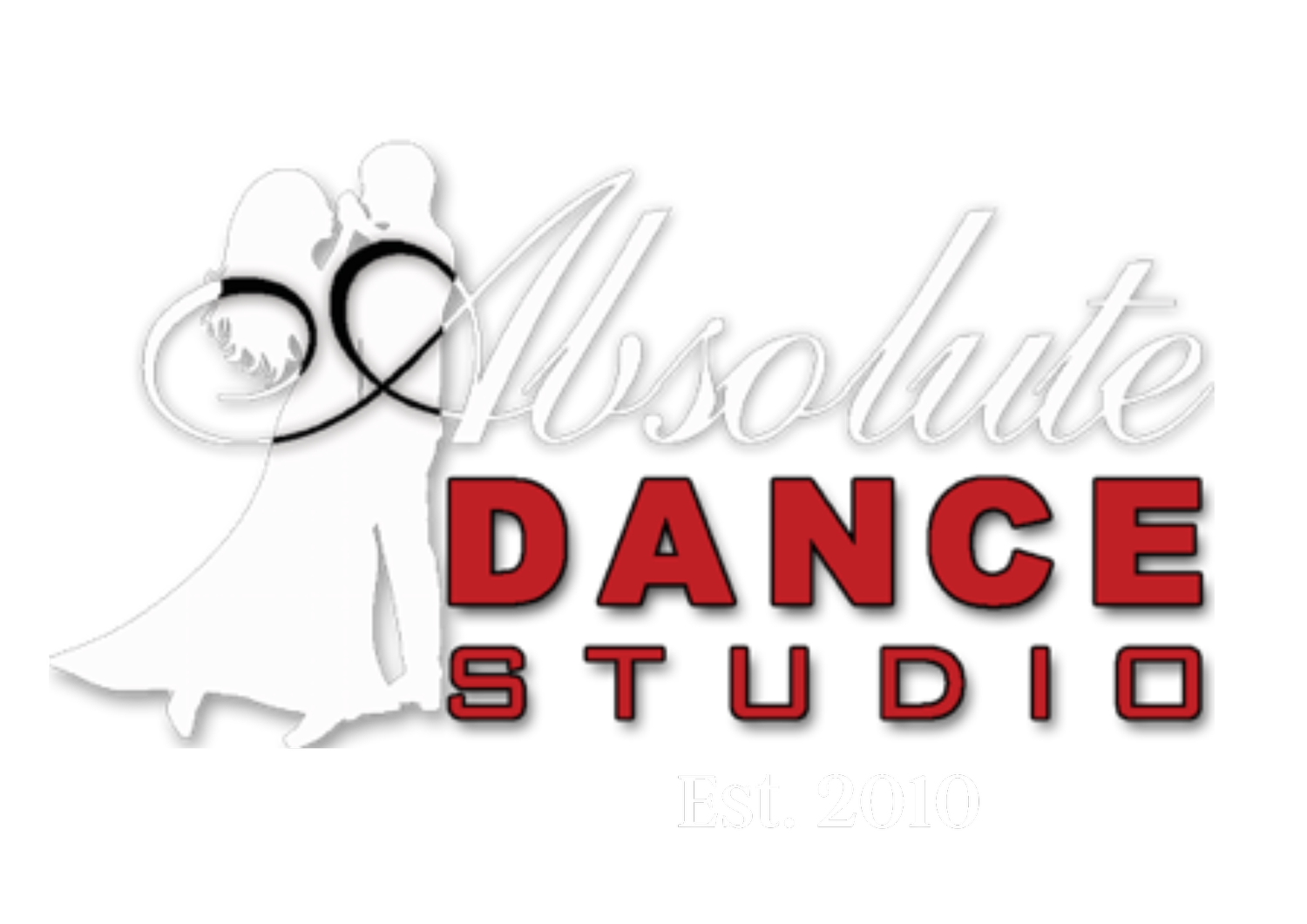Latin
Cha-Cha-Cha
An exciting, syncopated, Latin dance, which originated in the 1950s as a slowed down Mambo, the Cha Cha gathers its personality, character, rhythm, basis, and charm from two major dance sources. It is a derivation of the Mambo through its Latin music, and it is also a stepchild of the Swing, as it is danced to a 1-2-3 step rhythm. The Cha Cha gets its name and character from its distinct repetitive foot rhythm.
Rumba
The Rumba was originally a courtship, marriage, and street dance that was African in origin. The Rumba met some opposition from societys upper crust because of the suggestive body and hip movements. The characteristic feature is to take each step without initially placing the weight on that step. Steps are made with a slightly bent knee which, when straightened causes the hips to sway from side to side, in what has come to be known as Cuban Motion.
Samba
The Samba is a lively Brazilian dance which was first introduced in 1917 and was finally adopted as a ballroom dance by Brazilian society in 1930. It is sometimes referred to as a Samba, Carioca, a Baion or a Batucado. The difference is mainly in the tempo, since the steps in all four dances are very similar. The style is to bounce steadily and smoothly in 2/4 meter. They say that the Samba was introduced in the United States in 1939 by the late Carmen Miranda.
Paso Doble
The Paso Doble is a theatrical Spanish dance that characterizes the man as the matador and the lady as his cape. Based on Flamenco dancing, the character of the dance is arrogant and passionate. Paso Doble translates to “Double Step”.
Jive
This dance is the European version of East Coast swing. Six and eight count patterns make up this dance, as in East Coast swing but it is quite bouncy with very sharp kicks and flicks. Unlike East Coast swing, Jive is danced to a faster tempo swing music and is meant for competitive style dancing.






